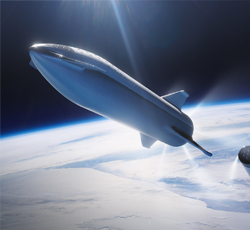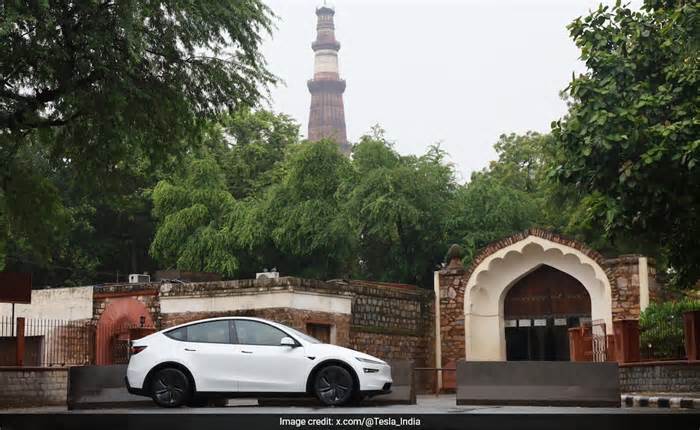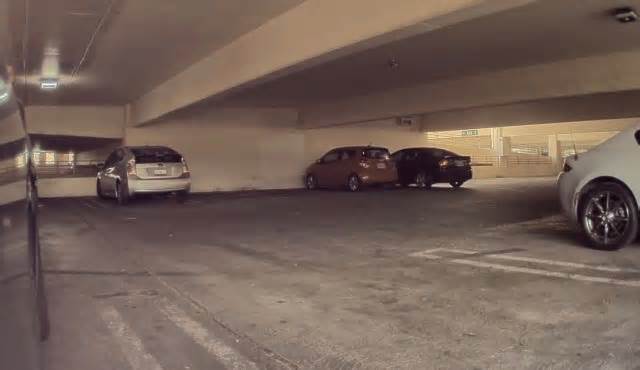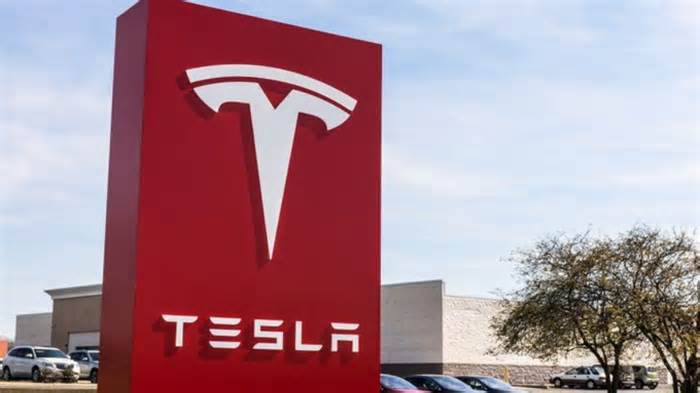
SpaceX Crew Dragon Splashes Down Safely. Astronauts Fly Next - TIME
- by Time
- Mar 08, 2019
- 0 Comments
- 0 Likes Flag 0 Of 5

— SpaceX (@SpaceX) March 8, 2019
But the bottom of the Crew Dragon is slightly asymmetrical, its perfect contours rendered imperfect by the four pairs of engines built around the base of the ship. These are its escape rockets, which would blast the spacecraft and the crew away from the Falcon 9 rocket carrying them to orbit if the rocket was becoming unstable or threatening to explode during a launch.
The one-man Mercury and three-man Apollo spacecraft had similar escape systems (the two-man Gemini used ejection seats) but they were built into a tower that was mounted onto the nose of the spacecraft. But that tower had to be jettisoned before the spacecraft reached orbit — before the spacecraft even separated from the rocket, in fact — briefly leaving the crew with no escape system at all if something went wrong.
The Crew Dragon never loses its built-in escape rockets, which eliminates that danger and simplifies the system overall. The asymmetry in the Dragon that results, however, complicates the aerodynamics of reentry, introducing the possibility that the ship could begin rolling uncontrollably while screaming down to Earth.
“I think it’s unlikely,” SpaceX founder and CEO Elon Musk said on March 2, in the hours before the Crew Dragon’s launch. “We’ve run simulations a thousand times, but this is a possibility.”
That possibility never became reality — at least not this time — partly because Musk wasn’t being hyperbolic about those thousand simulations, which SpaceX and NASA exhaustively conducted via computer models. But one real flight beats any number of make-believe ones, and as the Dragon reentered and its attitude remained stable, there was a lot of relief at the company’s mission control in Hawthorne, California.
The parachutes were another source of anxiety, simply because the stakes are so binary: If the chutes deploy as they’re supposed to, the spacecraft and the crew land safely. If they don’t, the crew dies.
“The bottom line is that the thing has to work every time,” NASA astronaut Dough Hurley, one of the two crew members assigned to the July mission, told Ars Technica. “You know what I mean? It has to be 100 percent foolproof.”
The spacecraft achieved that standard Friday morning, with the drogue chutes and then the four giant main chutes billowing open fully and on time — thanks again to rigorous testing.
In recent years, NASA and SpaceX have conducted 18 airplane drop tests of dummy Dragons with functioning chutes, and grew increasingly convinced of the system’s reliability. That confidence was shaken, however, during an August 2018 SpaceX cargo mission, when some unexpected — and thus far undisclosed — problems occurred with the parachutes. NASA and SpaceX have not been forthcoming about what those problems were, and continue to refer to them vaguely as “anomalies,” even in an October safety advisory panel report submitted to Bridenstine.
Still more parachute tests are planned before the scheduled crew launch, in the hope both of refining the technology and easing industry and government jitters. A live-fire test of the escape system is planned too, with the same Dragon that returned Friday morning taking off again aboard a Falcon 9 rocket and deliberately aborting over the ocean. When the Dragon is safely away from the rocket, it will descend under parachutes — one more test of that critical system, too.
The reusability of SpaceX’s Dragon is one of its selling points, and is also the reason Friday morning’s splashdown happened in the Atlantic Ocean, rather than the calmer and bigger Pacific. Land off the West Coast and you have to truck or fly your Dragon all the way across the country to get it back to Cape Canaveral and readied for another launch. Land in the Atlantic and you just scoop it up and bring it in to shore.
There is a certain circularity to an Atlantic return. It’s the ocean in which America’s first astronauts — Al Shepard and Gus Grissom — plopped down after their seventeen-minute sub-orbital missions in 1961. America was going to space for the first time then; it’s returning now.
The Atlantic, always patient, has been waiting.
More Must-Reads from TIME
Please first to comment
Related Post
Stay Connected
Tweets by elonmuskTo get the latest tweets please make sure you are logged in on X on this browser.
Sponsored
Popular Post
Sam Altman's OpenAI Takes On Elon Musk's Grok in AI Chess Tournament Final - Who Won?
28 ViewsAug 09 ,2025






 Energy
Energy


















